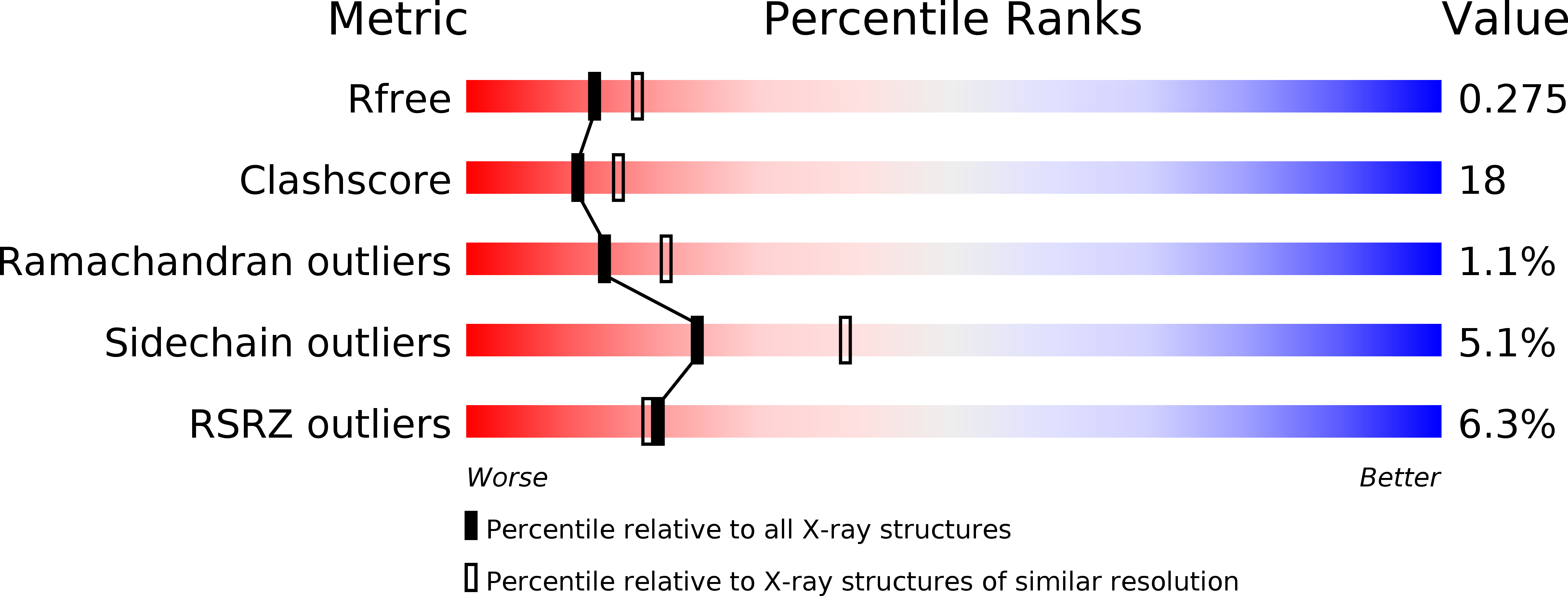
Deposition Date
2012-04-13
Release Date
2012-12-26
Last Version Date
2024-10-16
Entry Detail
PDB ID:
4ENE
Keywords:
Title:
Structure of the N- and C-terminal trimmed ClC-ec1 Cl-/H+ antiporter and Fab Complex
Biological Source:
Source Organism:
Escherichia coli K-12 (Taxon ID: 83333)
Mus musculus (Taxon ID: 10090)
Mus musculus (Taxon ID: 10090)
Host Organism:
Method Details:
Experimental Method:
Resolution:
2.40 Å
R-Value Free:
0.27
R-Value Work:
0.23
R-Value Observed:
0.24
Space Group:
C 1 2 1


